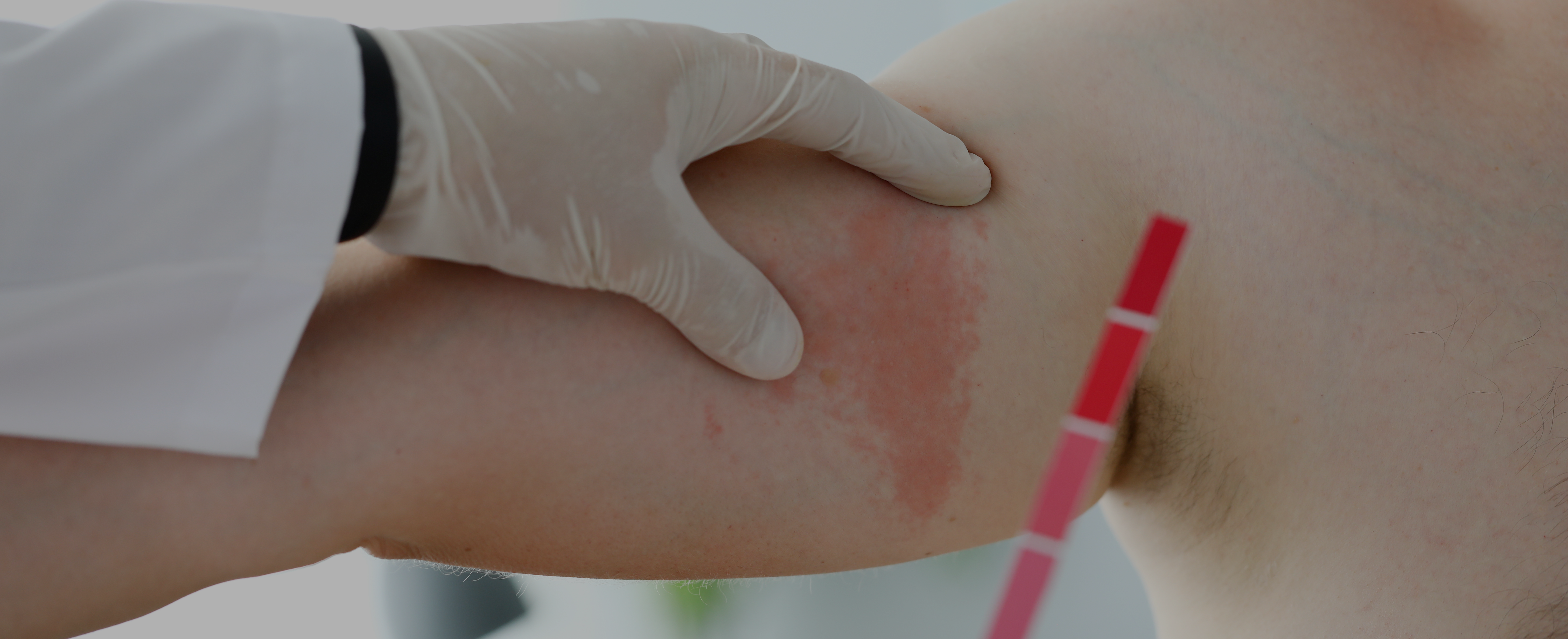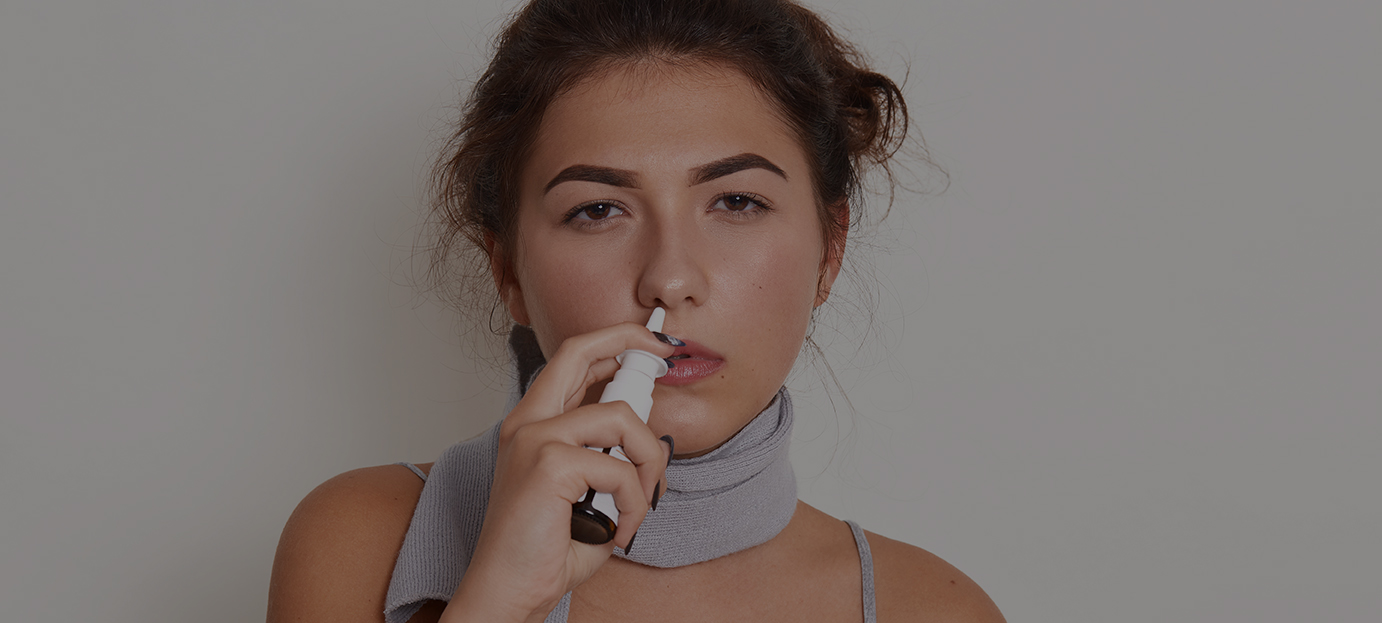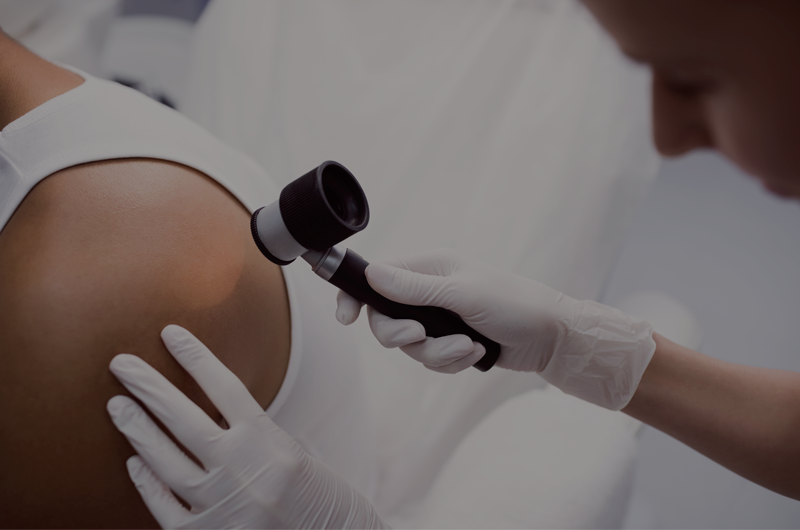
Torpong Thongngarm, Chamard Wongsa, Phichayut Phinyo, Paraya Assanasen, Pongsakorn Tantilipikorn, Mongkhon Sompornrattanaphan
J Allergy Clin Immunol Pract . 2020 Oct 10;S2213-2198(20)31107-7. doi: 10.1016/j.jaip.2020.09.057. Online ahead of print.
Allergic rhinitis is one of the most common diseases globally, and its prevalence is up to 50 % in children and 40 % in adults. It has a high economic burden and impacts the quality of life of patients. Allergic rhinitis related to house-dust mites or common indoor allergens is denominated perennial allergic rhinitis. The regular use of intranasal corticosteroids is recommended for the treatment of perennial allergic rhinitis. Due to the lack of studies that evaluate the “as-needed” use of intranasal corticosteroids, this study aimed to compare the efficacy between the as-needed and regular use of these products moderate-to-severe perennial allergic rhinitis.
This randomized controlled trial included 103 participants for six weeks. Participants were assigned to fluticasone furoate nasal spray (27,5 mg), two sprays once daily for one week, followed by as-needed use for five weeks (FF-as-needed) or two sprays once daily for six weeks (FF-regular). The primary endpoint was a change in the total nasal symptom score (TNSS), and secondary endpoints included a change in nasal peak inspiratory flow (NPIF), rhinoconjunctivitis quality of life-36 questionnaire score (RCQ-36), and cumulative fluticasone furoate dose.
Participants were divided into FF-as-needed (n = 51) and FF-regular (n = 52). The mean change of TNSS between the two groups was not significant at six weeks; however, the FF-regular group tendency was to a greater improvement in TNSS. The NPIF mean change was greater in the FF-regular group. Both groups had similar improvements in RCQ-36. The mean cumulative FF dose in the as-needed group was half of the regular group.
In conclusion, perennial allergic rhinitis patients from both groups had similar improvements in TNSS and quality of life, with those from the as-needed group having half of the exposure to intranasal corticosteroids.

















